=> click on the thumbnail image to see the original larger image <=
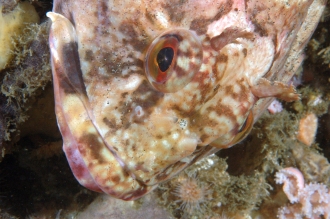
head of cabezon
Scorpaenichthys marmoratus
Cabezon have a blue-ish tinge to their flesh when raw, which turns white when cooked.
Cabezon roe is toxic to humans.
"People who have eaten the roe and developed symptoms soon afterwards describe: abdominal pain, nausea, vomiting, diarrhea, intense thirst, bitter taste, trouble swallowing, cold sweats, rapid irregular weak pulse, dilated pupils, fainting, chest pain, pale skin, tinnitus, etc. Yikes! In severe cases, muscular cramps, convulsions and coma have occurred. Victims usually recover within five days, but deaths have also been reported." californiaoutdoorsqas.com/2014/06/19/lived-to-tell-about-it/ >/font>
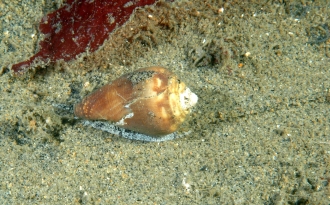
California cone snail
Conus californicus
this snail is a predator and scavenger
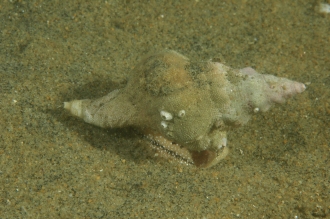
Kellet's whelk
Kelletia kelletii
a carnivorous snail, hunting and eating other snails, clams, crustaceans and dead animals.
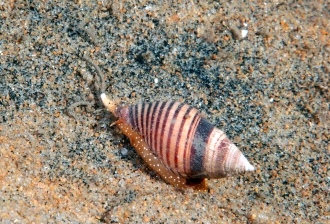
a predatory sea snail
Stearns' turrid Megasurcula stearnsiana
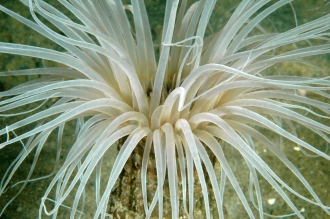
tube anemone
Pachycerianthus fimbriatus
this anemone burrows into the sand, building a semi-rigid tube up to two feet down into the sand, into which it withdraws when threatened
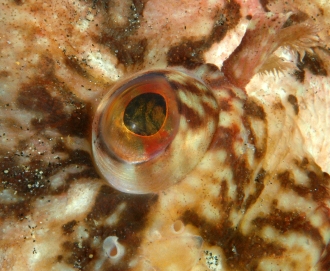
eye of cabezon
Scorpaenichthys marmoratus
predatory fish may hold their ground, as I inch in close with the camera and strobes, flashing away in their faces
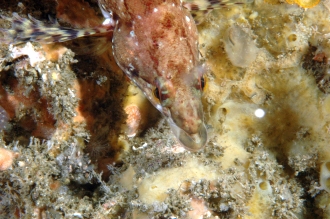
head of painted greenling
Oxylebius pictus
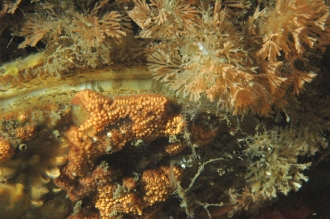
Rock scallop
Crassadoma giganteus
these scallops can be completely covered by organisms, with only the mollusc's shell opening seen
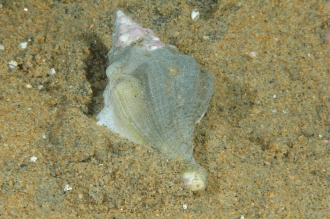
Kellet's whelk
Kelletia kelletii
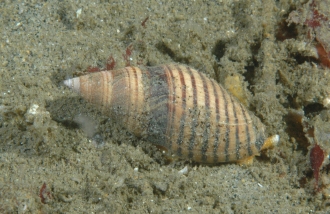
sea snail
Stearns' turrid Megasurcula stearnsiana
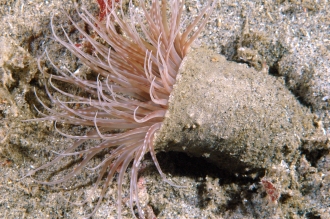
tube anemone
Pachycerianthus fimbriatus
this burrowing anemone has color variations, some quite vivid
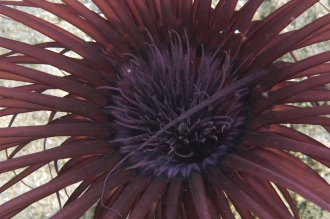
tube anemone
Pachycerianthus fimbriatus
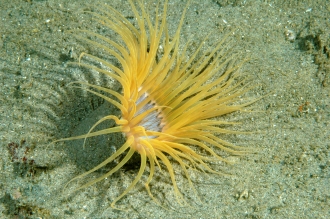
tube anemone
Pachycerianthus fimbriatus
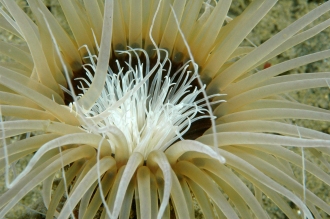
tube anemone
Pachycerianthus fimbriatus
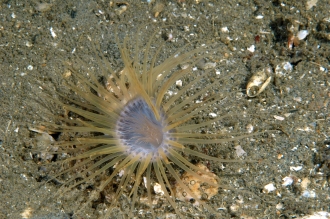
tube anemone
Pachycerianthus fimbriatus
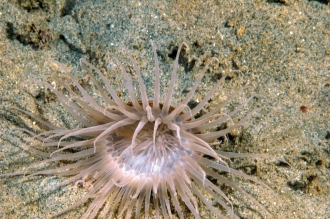
tube anemone
Pachycerianthus fimbriatus
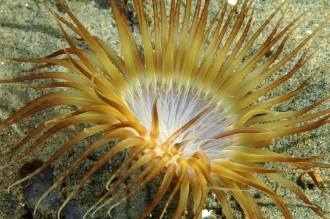
tube anemone
Pachycerianthus fimbriatus